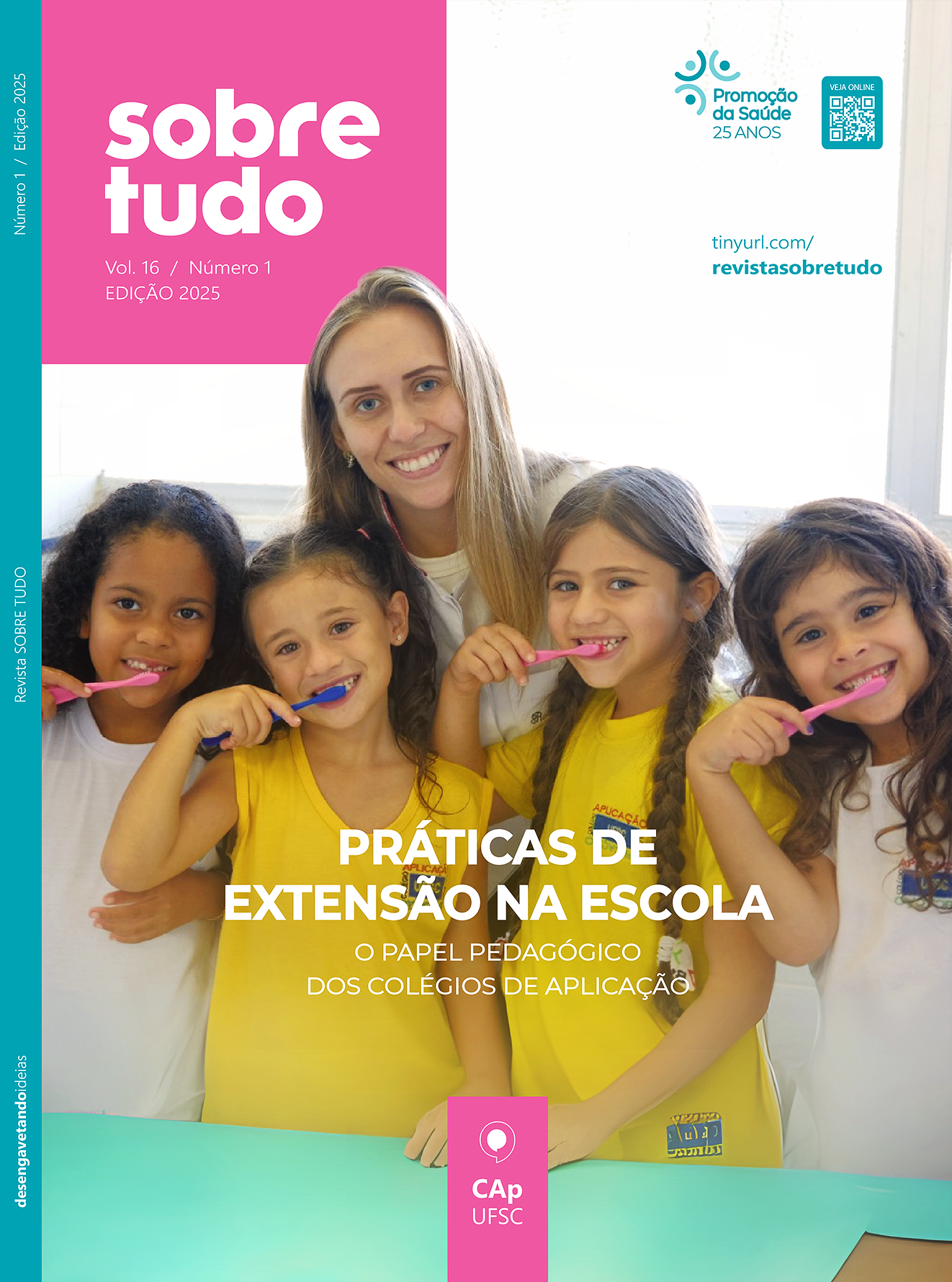IN THE INTERIOR OF AMAZONAS: TEACHING AND LEARNING IN THE PLAYFUL COEXISTENCE OF PEDAGOGY
ENSINAR E APRENDER NA CONVIVÊNCIA LÚDICA DA PEDAGOGIA
Keywords:
Teachers; Training; Learning; Thinking.Abstract
This article aims to report facts of learning constructed in light of the experience of teacher training, in the interior of the state of Amazonas, more specifically, in the city of Uarini, in the Pedagogy class of the National Plan for Training Teachers of Basic Education (PARFOR). The intention was to present new methodologies and practices related to geography in the initial and final years of elementary school, as reformulations in new professional realities, since teachers/students exercise the teaching profession in the riverside areas of the aforementioned municipality. To analyze the training process of pedagogy students of Parfor/Uarini-AM, in order to contribute to more significant learning. The methodology initially describes how the meeting of teacher-trainer and teacher-students took place, based on dialogue, discovery, and the reciprocal relationship that allowed for a discussion about suggested strategies, such as motivating teaching practices, promoting learning with students from riverside schools. The results were possible through practical teaching of the concrete material: macaca (geographic hopscotch) to understand the spatial reality of Uarini, with the incisive participation of Pedagogy students. In the learning spaces of critical readings, creative practices, motivation, constructions and formative dialogues, professional and personal experiences were shared. A formative and constructive dialogue in the light of authors such as: Cavalcanti (2005), Zanatta (2005), Kaercher (2014) and Freire (1996).
References
ÂNTUNES, Ângela; PADILHA, Paulo R. Educação Cidadã: Educação Integral: fundamentos e práticas. São Paulo: Editora e Livraria Instituto Paulo Freire, 2010.
BRASIL. Ministério da Educação. Base Nacional Comum Curricular. Brasília: MEC/SEB, 2017. Disponível em: <http://basenacionalcomum.mec.gov.br (Links para um site externo). Links para um site externo>. Acesso em: 30 Jun. 2020.
CAVALCANTI, Lana. Cotidiano, mediação pedagógica e formação de conceitos: uma contribuição de Vygotsky ao ensino de Geografia. In: Cad. Cedes, Campinas, 2005, vol. 25, n. 66, p. 185-207, maio/ago. Disponível em: http://www.cedes.unicamp.br
FREIRE, Paulo. Pedagogia do Oprimido. ed. São Paulo: Paz e Terra. Pp. 57-76. 1996.
KAERCHER, Nestor A. Se a geografia é um pastel de vento o gato come a geografia crítica. Porto Alegre: Evangraf, 2014.
OLIVEIRA, Maria A de. Dinâmicas em literatura infantil. São Paulo: Paulinas, 1988.
PEREIRA, Lucia H. P; BONFIN, Patrícia V. Brincar e aprender: um novo olhar para o lúdico no primeiro ano do Ensino Fundamental. Educação Santa Maria, v. 34, n. 2, p. 295-310, maio/ago. 2009. Disponível em http://www.ufsm.br/revistaeducacao
REIGOTA, Marcos. O que é Educação Ambiental. (Coleção Primeiros Passos). ed. São Paulo: Brasiliense, 1994.
SILVA, Alcina M. T. B da; METTRAU, Marsyl B. Proposta de Ensino de Ciências sob forma lúdica e criativa nas escolas. In: Anais, XVIII Simpósio Nacional de Ensino de Física – SNEF 26 a 30 de Janeiro de 2009, Vitória/ES.
SILVA, Alcina M. T. B. da. O lúdico na relação ensino aprendizagem das ciências: resignificando a motivação. In: Anais (GT: Psicologia da Educação)/ n. 20. 27ª Reunião Anual da ANPED, 21 a 24 de Novembro de 2004, Caxambu/MG.
ZANATTA, Beatriz A. O método intuitivo e a percepção sensorial como legado de Pestalozzi para a Geografia escolar. In: Cad. Cedes, Campinas, 2005, vol. 25, n. 66, p. 185-207, maio/ago. Disponível em: http://www.cedes.unicamp.br


